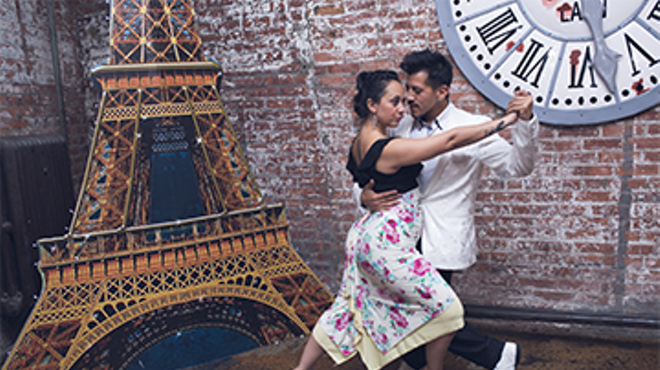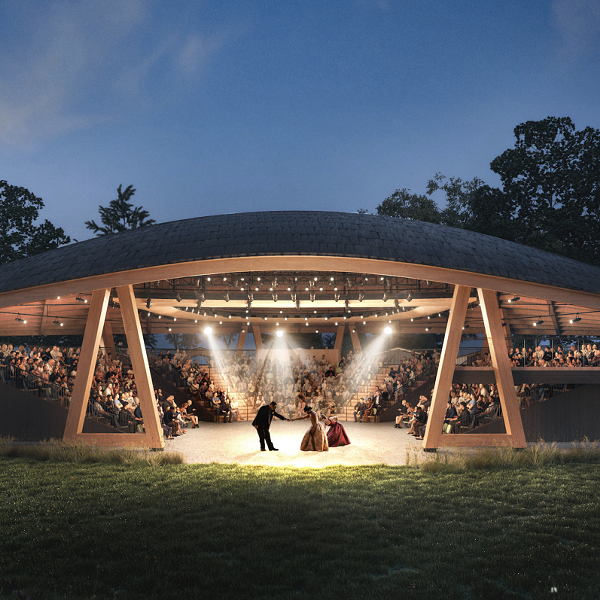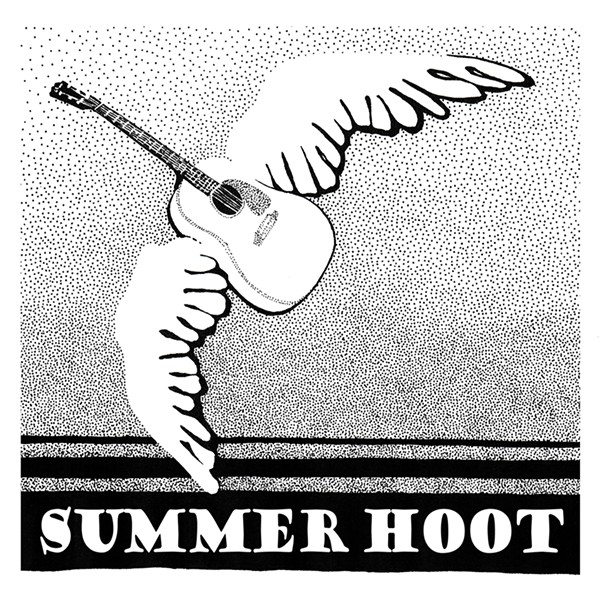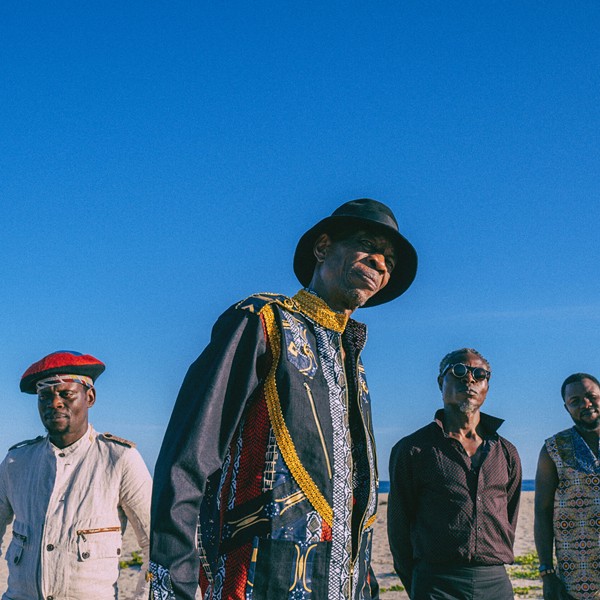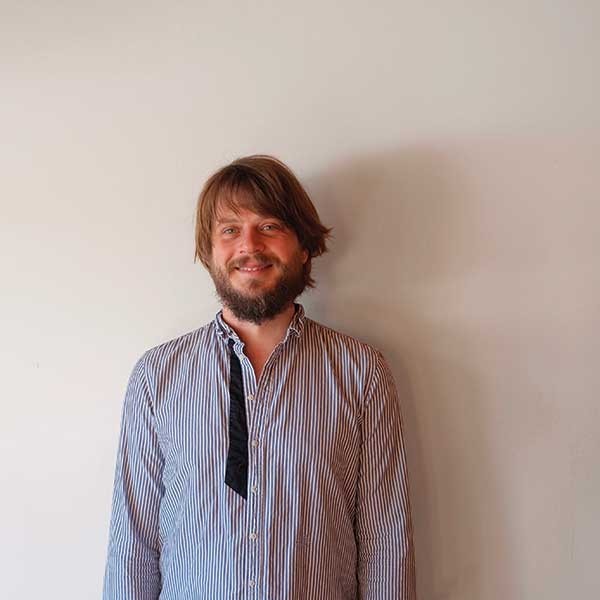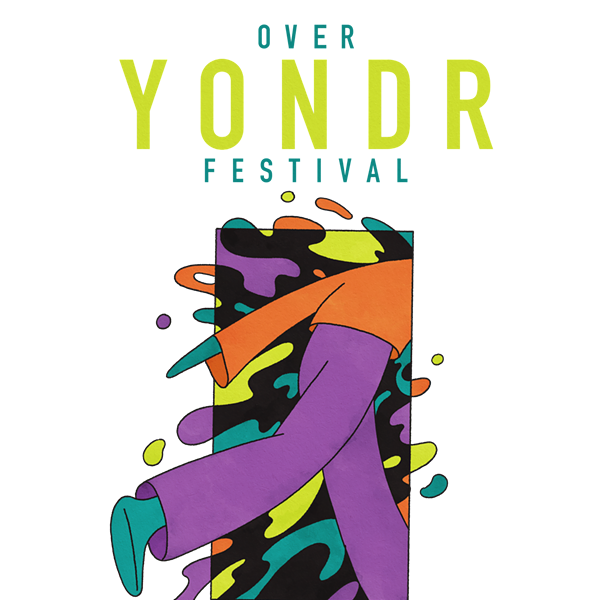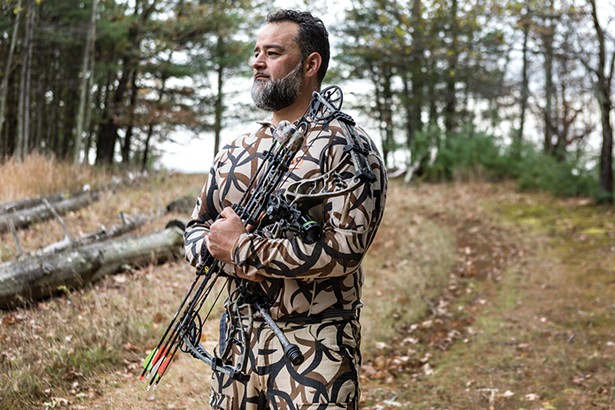
The early 1820s in the United States were known as the Era of Good Feelings. The British had recently been defeated, for the second time, in the War of 1812, and the Founding Fathers were passing leadership of the nation on to a new generation. It was a period of optimism and self-reflection. With the fight for freedom seemingly won for good, what would it mean to be an American in the future?
One popular cultural figure of the day who suggested an answer was Natty Bumppo, star of James Fenimore Cooper's five-part frontier epic, the Leatherstocking Tales. Inspired in part by the explorer Daniel Boone, Bumppo was a white man raised by Native Americans in late-18th century upstate New York, with hunting, scouting, and survival skills so finely honed that he was known as "Deerslayer."
As the US entered a period of expansionism and idealism, Americans were increasingly drawn to characters like Bumppo—folk heroes whose resourcefulness and rugged individualism modeled a newly independent way of being. One of the basic building blocks of that was hunting.
Hunting distills many of the contradictions about our national mythology. Previously the province of British aristocracy, in America hunting has been democratic and aspirational, and it helped forge a sense of self-reliance and a back-to-the-land ethos that are at the core of our national identity. It has also revealed unpleasant truths about our capacity for overconsumption, environmental incaution, and disregard for suffering.
"Can we ever fully understand our nation's character if we do not begin to recognize the indelible mark left upon it by our love of the hunt?" writes Philip Dray in his 2018 book The Fair Chase: The Epic Story of Hunting in America, which traces the history of hunting in America and its influence on everything from westward expansion to modern conservation efforts.
That hunting is now so divisive reflects changing attitudes about guns, animals, and the culture that grew up around the sport. Between four and six percent of Americans hunt today, the lowest percentage in the nation's history, though some 70 percent say they approve of it. Combined, America's roughly 12.5 million hunters spend between $3.5 and $5 billion annually on taxable hunting merchandise, of which hundreds of millions flow directly to conservation efforts through the Pittman-Robertson Act, an excise tax on hunting gear and license fees passed in 1937 that is the largest funding source for state wildlife agencies. There were 571,046 people with hunting licenses in New York for the 2017-18 season, the most recent for which the NY Department of Environmental Conservation has data—slightly up from the previous year, though the overall trend since 2006 has been flat.
The fault lines that run through our oldest recreation are wider than ever, riven by cultural and political divides. Hunting is certainly in decline, but many of those who still hunt today are motivated by the same things hunters have always been motivated by: a desire for self-reliance, communing with nature, and transcending the quotidian humdrum of daily life. With that in mind, here is a portrait of who's hunting now, told through five stories of modern New York hunters.
I. Quanda Dottin
Women are the sport's fastest-growing demographic, representing about 10 percent of licensed hunters in New York. Since 2011, Middletown resident Quanda Dottin has been in their number.
Growing up in Brooklyn, Dottin never thought she'd one day pick up a .22 rifle, kill a deer, and feed her family with it. But after moving to Orange County, a neighbor shared some venison he'd prepared with her, and Dottin decided to join his hunting party next time they went out. "It was six white guys in a shack drinking beer, and I'm drinking chardonnay," she says. "Six, seven hours, I did exactly what they told me to do. Then a deer came up and I popped it."
Dottin recalls feeling she "won a prize," but the experience connected to something deeper. All her life, she'd valued self-sufficiency, the ability to earn herself what she used. Two years earlier, she'd started growing most of her own vegetables; hunting for meat felt like a logical extension. "If you want something, you have to know how to procure it," she says.
It's been three years since Dottin hunted; the gun violence plaguing African American communities, in particular, sickened her to the point that she "couldn't hear a gunshot," she says. But she vows to get back out when this year's regular season opens on November 16. As her two daughters head into their teenage years, she eventually wants to take them with her, to pass down the sport and its lessons. "I'm just trying to bring it back for them," Dottin says. "You gotta take care of your own household. 'If you want to eat that, you should be able to go and get that.' That's how it goes."
II. Dick Sanford
Kortright resident Dick Sanford has been hunting in the Catskills for nearly half a century, following in the footsteps of his father and grandfather. Over that time, the eastern US has added millions of acres of trees, a greening of the landscape that has brought humans and animals into closer contact and transformed hunting in the region; whereas small game used to be common prey, now it's mostly deer that are hunted, due to lack of open space.Deer transcend the various perspectives on hunting and our relationship to nature. Mysterious, ethereal, and graceful, deer have also overpropogated in the absence of apex predators like wolves and mountain lions, wreaking havoc on gardens and farms and causing more than 3,000 vehicle crashes per day in the US. Nonlethal attempts at population control, such as contraception and relocation, have failed; many wildlife managers now say the most effective way to control deer numbers is with hunting.
Few hunters, though, want to be cast in the role of exterminators. Sanford primarily hunts deer now because that's what's available, and because he and his wife "love venison, and there's only one way to get it." It's the continuation of a family tradition, sure, but for Sanford, formerly the owner of the Catskill Mountain News, hunting is mostly just a good excuse to be in the woods, which connects him to a regional heritage that is all but dying out.
Sanford, who uses a Ruger M77 bolt-action rifle, identifies strongly with the culture around hunting and the outdoors and laments its decline today, which he traces to a populace that spends most of its time indoors and questions about the proliferation of guns in society more broadly. Sanford believes that groups like the NRA give hunters a bad rap, and he supports stronger gun control (including banning handguns), a position shared by a growing number of hunters nationwide.
III. Tyler
Like Sanford, Tyler—a hunter based in Stone Ridge who requested his last name not be used—spent much of his childhood in the woods. But he grew up with an aversion to hunters because his parents, who were anti-gun, wouldn't let him play in the forest during hunting season. "There are so many contradictions I have to live with," Tyler says. "How do I reckon that I am a hunter, and I also don't like hunters?"The transformation was gradual. Collecting roadkill for nature crafts—bags, tools, and threads made of hides, bone, and sinew—begat an interest in taxidermy, and then eventually in bow hunting. Tyler focuses on what he calls the "spiritual aspects" of hunting; for him, it's a way of accessing an older, more primitive self, and bringing that into communion with his modern identity. "When I go out to hunt, I feel those two conflicting sides," he says. How to reconcile them? Tyler's still searching for an answer, but it's not transcendence or escapism. "I want to feel that clash," he says. "Obviously, this—humanity—isn't working, but throwing it away is what we do to our garbage."

Tyler uses a compound bow that can get an ethical kill shot out to 20 yards. Unlike most other bowhunters, he does not use a tree blind. Deer must come to him, and getting to the right position requires knowing where the deer will come from, what time of day, and from which direction. "You're setting up a circumstance so that something can happen," he says. "I have to pay attention to all these different factors so that it can." It's like the difference between starting a fire with a lighter—I command this fire to be here—versus starting one with sticks, which necessitates a relationship to the wood, to the weather, to your body, so that you can invite it into existence.
When everything aligns and a buck presents itself broadside, Tyler then listens for an answer. Is the deer willing? It's a weird thing to ask, he admits. "But if I get that no, I have to listen to it, even if it feels silly and I can't explain it."
IV. Joe Johnson
The artist Joe Johnson is one of many so-called "adult-onset hunters," those without a background in the sport who come to it out of a desire to be more connected to their food and the land. Becoming a serious hunter over the past five years taught Johnson how little he actually knew about the natural world. "But it's an emotional relationship, not an intellectual one," he says. "It's deeper than human thought or theory. It's what's real."Many hunters speak of a primordial knowledge awakened in them by the chase. Most of us are estranged from the production sources of our food, clothing, and household items. That distance allows us to maintain illusions about our impact on the environment, and to forget inconvenient, even ugly, truths. "But there's no exchange on this planet where nothing dies in order for you to live," Johnson says. "Hunting taught me that."
The concept of the "fair chase"—the ethical, sporting, and lawful pursuit of game—acknowledges a type of contract between predator and prey. When the fair chase hunter takes an animal off the land, he or she feels an obligation to return something to it, Johnson says, which is one reason so many hunters become conservationists. The cycle reconnects the hunter to the source of their food, and inculcates respect for the manner of its production.
"When you kill something, it's very, very serious," Johnson says. "That's why hunting is such an adrenaline rush: You're at the moment of most consequence, and we just don't live that in daily life. When you're at that moment and you see the animal die, it hurts. For me, it's a religious moment and it carries a deep significance."
V. Leon Vehaba
Leon Vehaba knows firsthand the destruction deer can cause: He's seen it at the Poughkeepsie Farm Project, where he is farm manager. That's not why he became a hunter, but is it why he joined the deer management program at the Mohonk Preserve, which grants special dispensation to deer hunters to help mitigate overbrowsing in the Shawangunk Mountains.
Vehaba comes from a long line of refugees; his grandfather, an Egyptian Jew, was kicked out of Israel. His father was a butcher, and Vehaba took up hunting because he wanted to be more involved in the production of the meat he consumed. "My dad growing up told us the one thing they can't take away from you is your education," Vehaba says. "These skills are very important. When the apocalypse happens, you want those people around you who can help you survive. Being that kind of person is a very strong part of my identity."
After starting out using a shotgun, Vehaba switched to bowhunting several years ago. He says it requires much more training to get an ethical kill shot—a single broadside shot that pierces both lungs or the heart—and he's honed his skills for years to be able to reliably get it. Hunting "comes from a place of sustainability and respect," says Vehaba, who has a master's degree in sustainable development.
Vehaba is thoughtful about the practice and ethics of hunting, and he rejects the stereotype of the hunter who "just likes to go out and kill stuff. Those people are few and far between—most are conservationists, have tremendous respect for the animal, and love to be out in the woods. There's all sorts of people out there."








